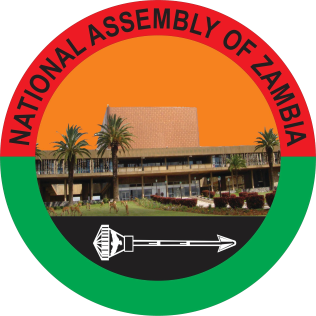NATIONAL ASSEMBLY OF ZAMBIA FREQUENTLY ASKED QUESTIONS
1. What is the purpose of visiting the National Assembly of Zambia?
The purpose of visiting the National Assembly of Zambia is to provide students, educators, and the general public with an understanding of how the legislative process works, the role of Members of Parliament (MPs), and the history and significance of the institution in Zambia’s governance.
2. Who can visit the Zambian Parliament?
Visits are open to schools, universities, educational institutions, civic groups, and the general public. Special arrangements can be made for international visitors and diplomatic delegations.
3. How can one arrange a visit to the Parliament?
To arrange a visit, interested parties should contact the Public Relations Office of the National Assembly of Zambia. It is recommended to book in advance, especially for large groups, by filling out a booking form or sending an official request via email.
4. Are there any costs associated with visiting the Parliament?
No, visits to the National Assembly of Zambia are free of charge. However, transportation and any related costs should be covered by the visiting party.
5. What are the visiting hours for the Parliament?
Visits are typically scheduled during working hours from Monday to Friday, excluding public holidays. Specific visiting hours may vary, so it is best to confirm when arranging your visit.
6. What can visitors expect to see during the tour?
Visitors can expect a guided tour that includes:
- A briefing on the history and function of the National Assembly of Zambia.
- A visit to the National Assembly Chamber.
- An overview of the legislative process.
- The opportunity to observe a live parliamentary session (if Parliament is in session).
- A tour of significant areas within the Parliament building, including the library and committee rooms.
7. Are visitors allowed to take photographs inside the Parliament?
Photography is generally allowed in specific areas such as the exterior and certain public areas within the Parliament building. However, photography inside the National Assembly Chamber during a session may be restricted. Visitors should seek permission from their tour guide.
8. What are the security requirements for entering the Parliament?
Visitors are required to go through a security screening upon arrival. It is important to carry a valid form of identification, such as a National Registration Card (NRC) or passport. Large bags, sharp objects, and electronic devices like mobile phones may be subject to inspection or restrictions.
9. Can visitors interact with Members of Parliament during the tour?
While the primary focus of the tour is educational, there may be opportunities for brief interactions with MPs, especially if they are not in session. However, these interactions are not guaranteed and depend on the MPs’ availability.
10. Are educational materials provided during the visit?
Yes, visitors, especially school groups, are provided with educational materials such as pamphlets, brochures, and information sheets that detail the functions and history of the Zambian Parliament.
11. Can special accommodations be made for visitors with disabilities?
Yes, the National Assembly of Zambia strives to be accessible to all. Visitors with disabilities should notify the Public Relations Office in advance so that appropriate accommodations can be arranged.
12. How long does a typical tour of the Parliament last?
A typical tour lasts between 1 to 2 hours, depending on the size of the group and the areas visited. Customized tours may be arranged to meet specific needs or interests.
13. Is there a dress code for visiting the Parliament?
Yes, visitors are expected to dress modestly and respectfully. Business casual or smart casual attire is recommended. Visitors should avoid wearing shorts, sleeveless tops, or overly casual clothing.
14. What should visitors do if they cannot make it to their scheduled visit?
If you are unable to attend your scheduled visit, please inform the Public Relations Office as soon as possible to either reschedule or cancel the visit.
15. Is there parking available for visitors at the Parliament?
Yes, there is limited parking available for visitors. It is recommended to arrive early to secure a spot, especially for large groups.
